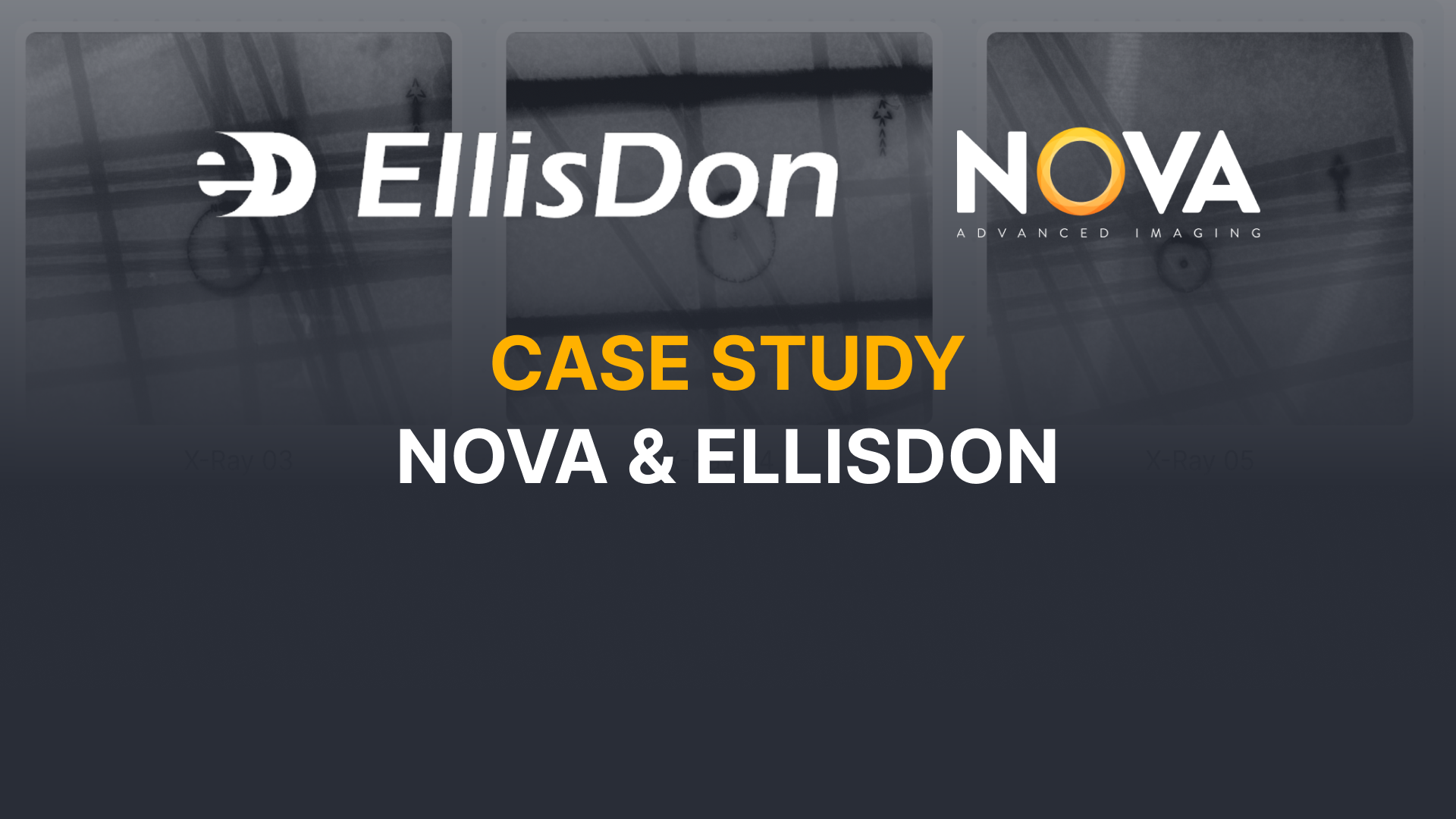
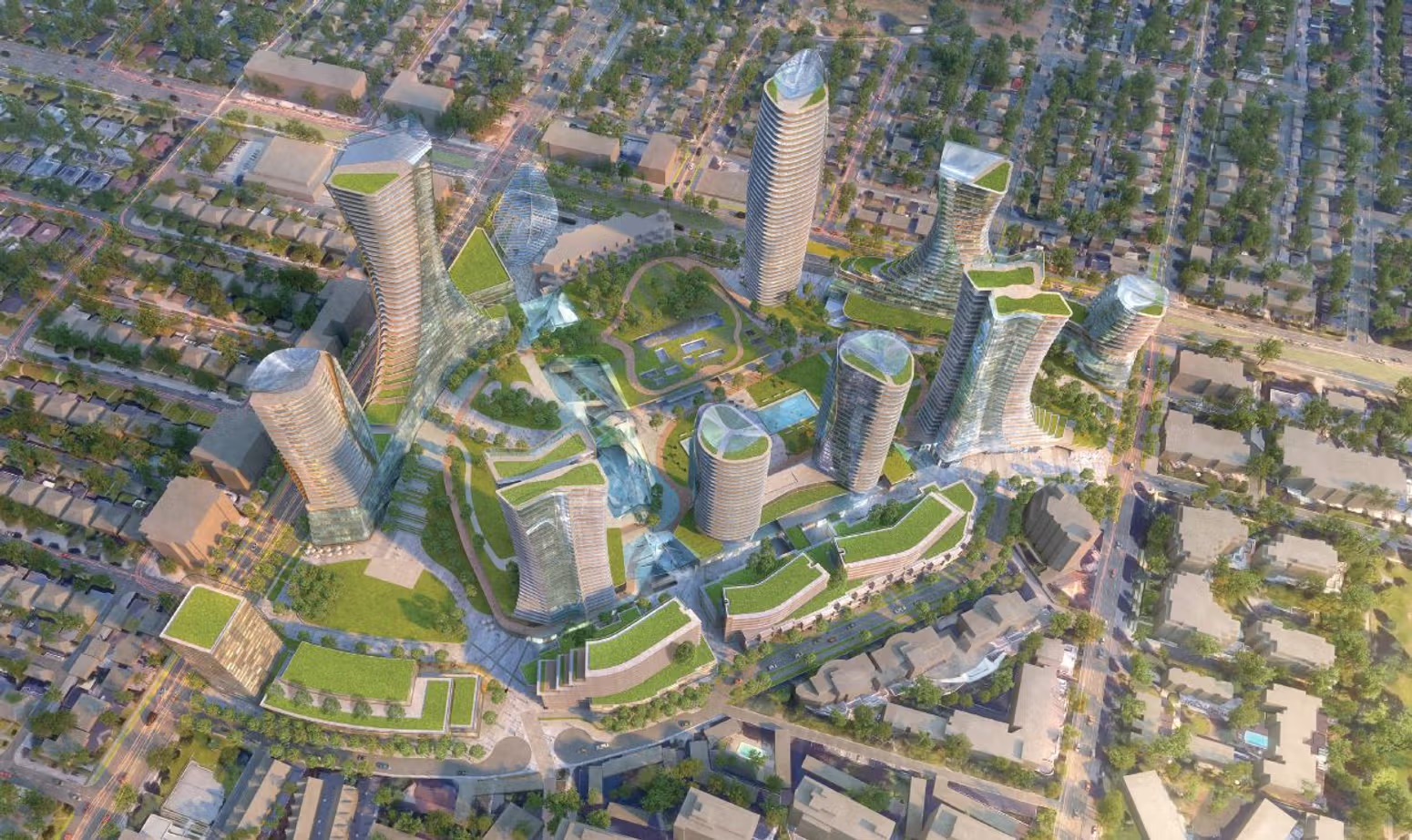
EllisDon is one of Canada’s top general contractors — a builder known not only for the size and complexity of its projects, but for setting the standard in safety, execution, and quality across the country.
At Vancouver’s Oakridge Mall Redevelopment, EllisDon is leading the construction of over 10 residential towers, part of a massive transformation of the site into a new mixed-use urban hub. The development features high-rise residential towers, integrated retail, public green spaces, and direct transit access — a landmark project transforming the west side of the city.
With multiple towers rising simultaneously and post-tensioned slabs spanning the entire site, every core penetration had to be executed with absolute precision. The margin for error? Zero.
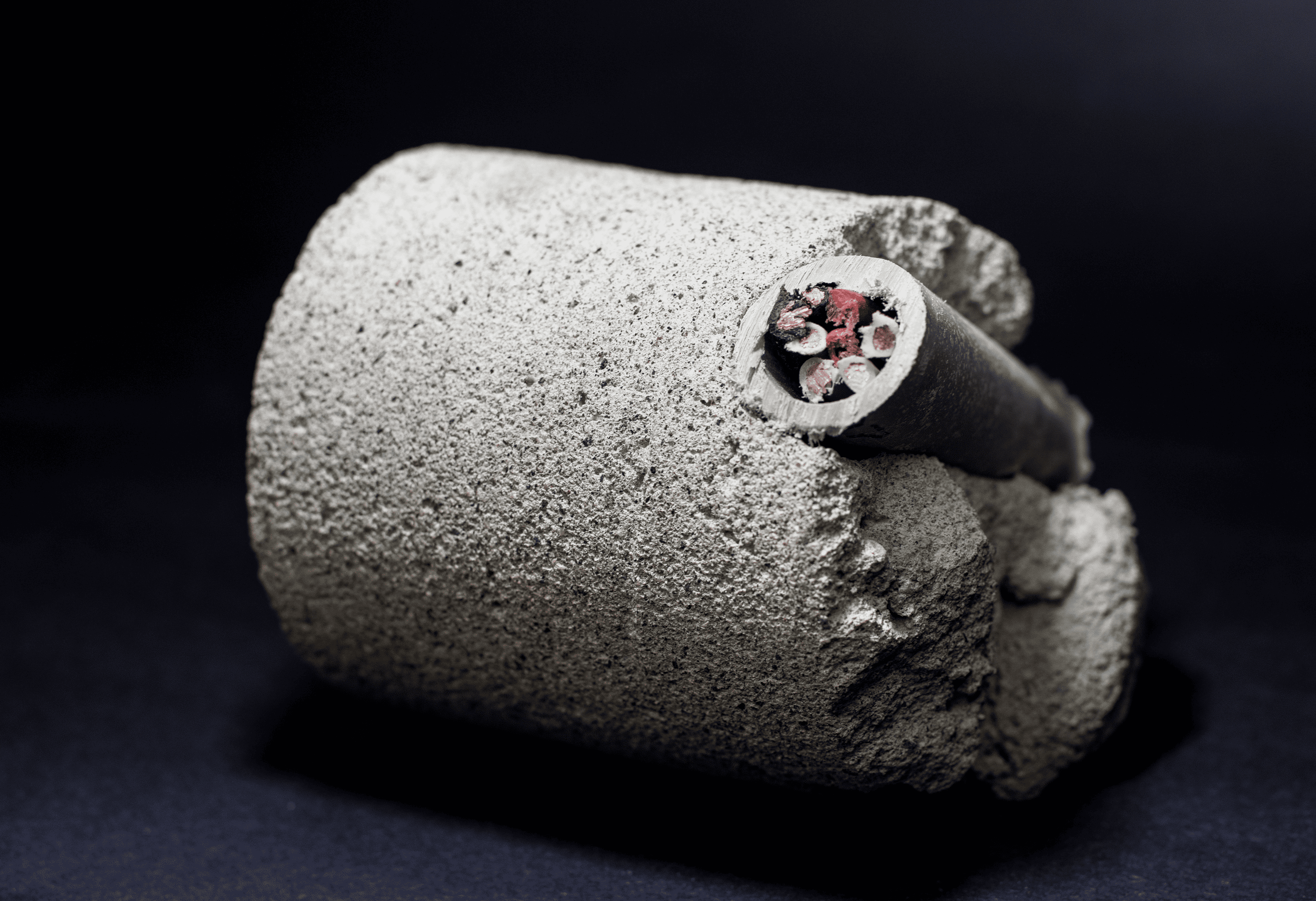
As is standard on major construction projects, EllisDon subcontracted key trades at Oakridge—including plumbing, glazing, and electrical teams—who relied on traditional GPR scanning before any coring work. A technician would scan the concrete, interpret the radar signals, mark the slab surface, and the crews would proceed based on those markings.
It worked — until it didn’t.
Despite the expertise and caution exercised across all trades, several subsurface strikes occurred during the project — including damage to vents, conduits, and multiple post-tension cables. One particularly critical strike halted all work on a 35-storey tower for several weeks.
It was a decisive moment. While EllisDon’s core team had not caused the incidents, they remained accountable for managing the consequences and restoring project momentum.
In response, EllisDon implemented a firm policy: no slab penetrations deeper than ¾ inch without engineering approval.
To grant that approval, engineers needed certainty — not estimates, not assumptions.
On a site defined by complexity and risk, traditional scanning left too many variables. Visual markings based on subjective interpretation were no longer sufficient.
EllisDon wasn’t focused on fault. They were focused on control — on enabling decisions backed by data, not guesswork. Their teams needed direct visibility into what lay beneath the surface, and the confidence to approve each penetration with precision.
After trialing multiple GPR providers throughout British Columbia, EllisDon found itself confronting the same persistent challenges — unclear imaging, inconsistent markups, and an unacceptably high risk of error.
In search of a more definitive solution, the project team brought in Dennis, President of Nova, whose work on similarly complex sites had begun to draw industry attention.
Nova’s approach wasn’t a refinement of standard practice — it was a departure from it. Purpose-built for post-tensioned environments and large-scale developments, their system offered what others couldn’t: real-time, verifiable imaging that eliminated guesswork.
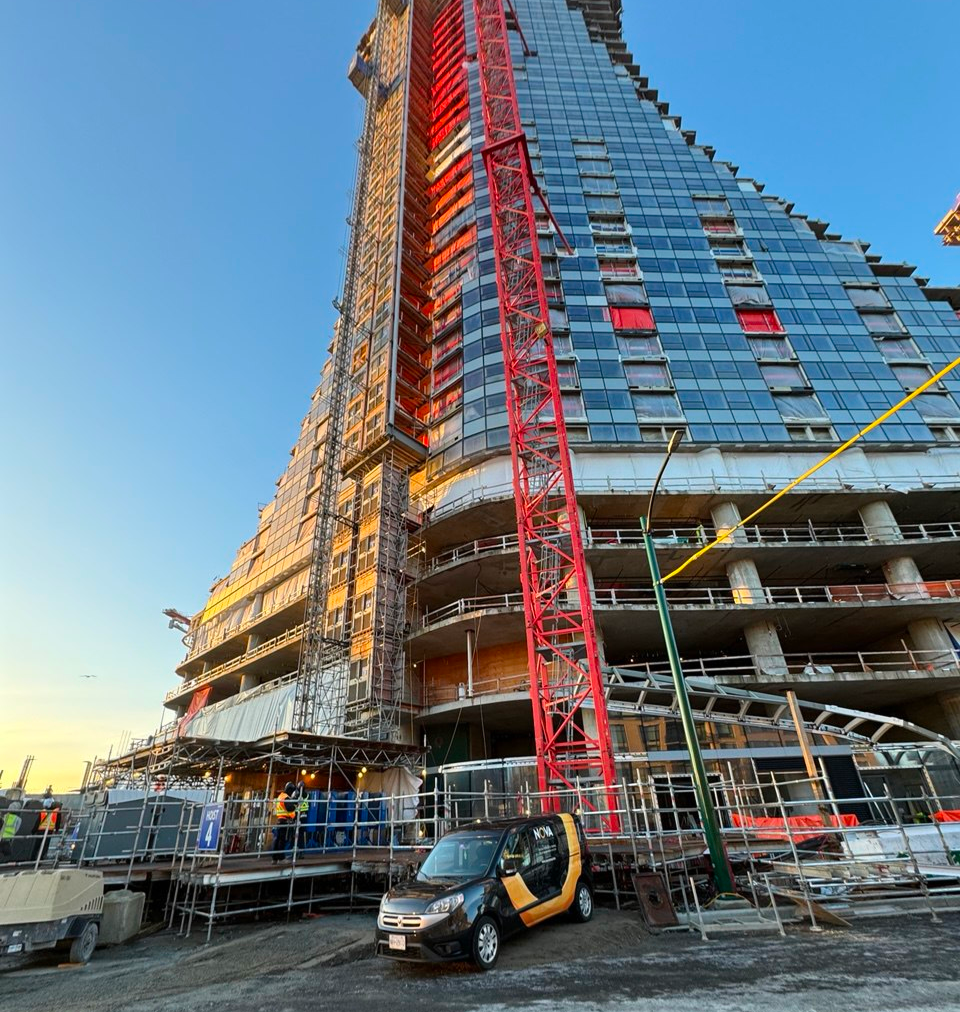
The difference was unmistakable. When EllisDon’s engineers reviewed Nova’s results, they weren’t interpreting radar signals or relying on abstract color diagrams. They were examining clear, direct images of the concrete slab — visual data they could understand and act on immediately.
“It’s just like getting an X-ray at the dentist,” one engineer remarked.
Everything was visible. No ambiguity. No guesswork. Engineers could approve or reject each core location with complete confidence.
That marked the introduction of Nova’s full-service Digital Concrete X-Ray system.
The workflow remained familiar — after each scan, Nova marked the slab just as GPR providers would. But the difference was critical: every mark was based on verified radiographic imaging, not technician interpretation. And if questions arose, those images could be instantly retrieved to confirm what lay beneath any specific location.
No assumptions. No uncertainty.
Just clear, defensible evidence — and a new standard for how decisions are made on active concrete sites.
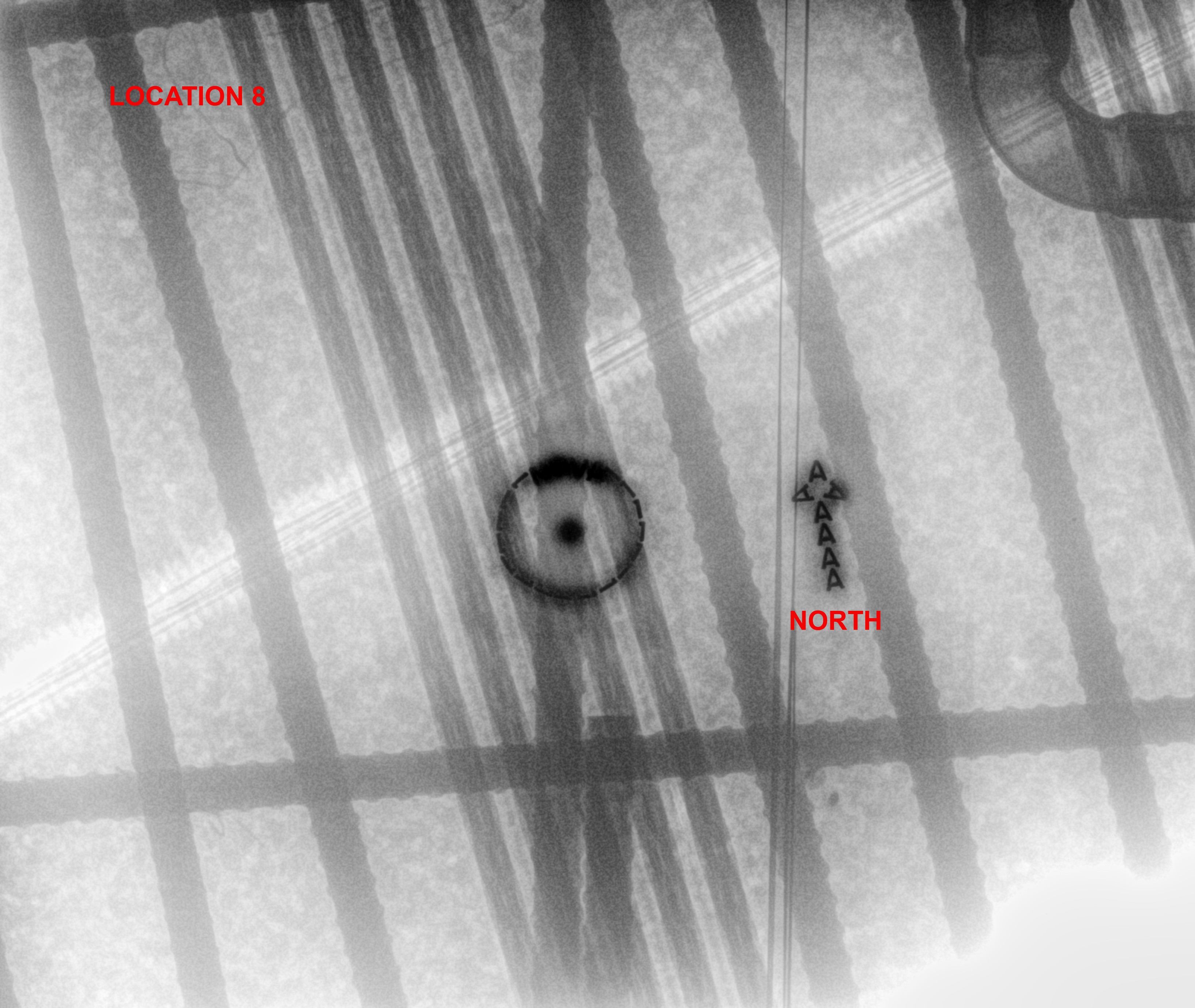
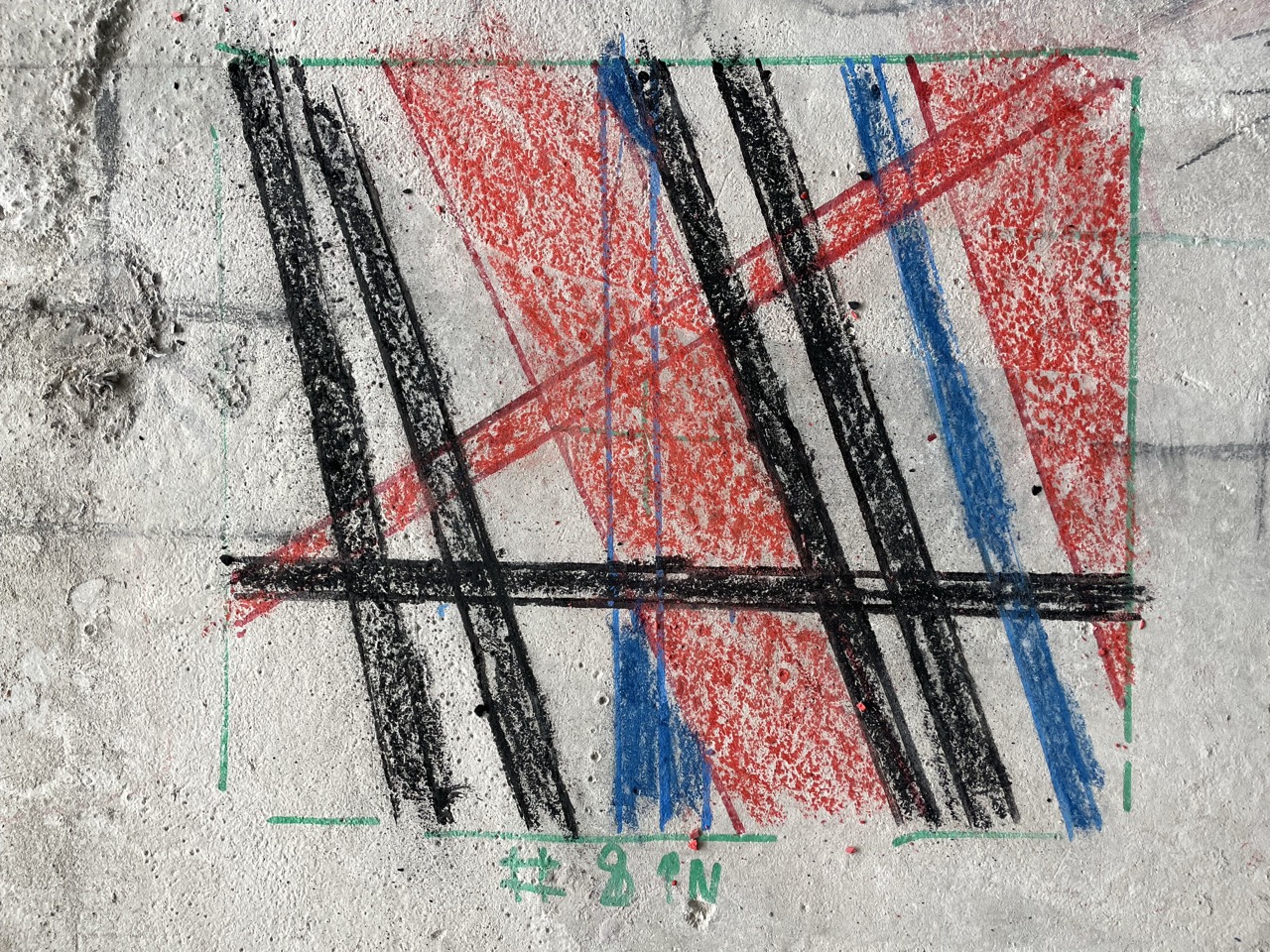
%20Large.jpeg)
Project: Oakridge Mall Redevelopment, Vancouver BC
Client: EllisDon (General Contractor)
Scope: 10+ residential towers, complex post-tensioned slabs
Nova’s Role: Daily Digital Concrete X-Ray scanning
Service Duration: 3 years
Scan Volume: 15–100 Digital X-Rays per day
Cost Savings: Estimated $2M–$5M+ in avoided shutdowns, repairs & delays
Approval Speed: Reduced from hours to minutes with image-based signoff
On today’s most complex job sites, the limitations of traditional GPR are no longer theoretical — they’re operational. In environments with post-tensioned slabs, congested services, and tight schedules, guesswork is no longer acceptable.
Leading contractors have made the shift. They replaced interpretation with visibility — and uncertainty with verifiable proof.
Nova’s Digital Concrete X-Ray system is now embedded in projects across British Columbia and Ontario, helping builders reduce risk, accelerate decision-making, and maintain control over critical path activities.